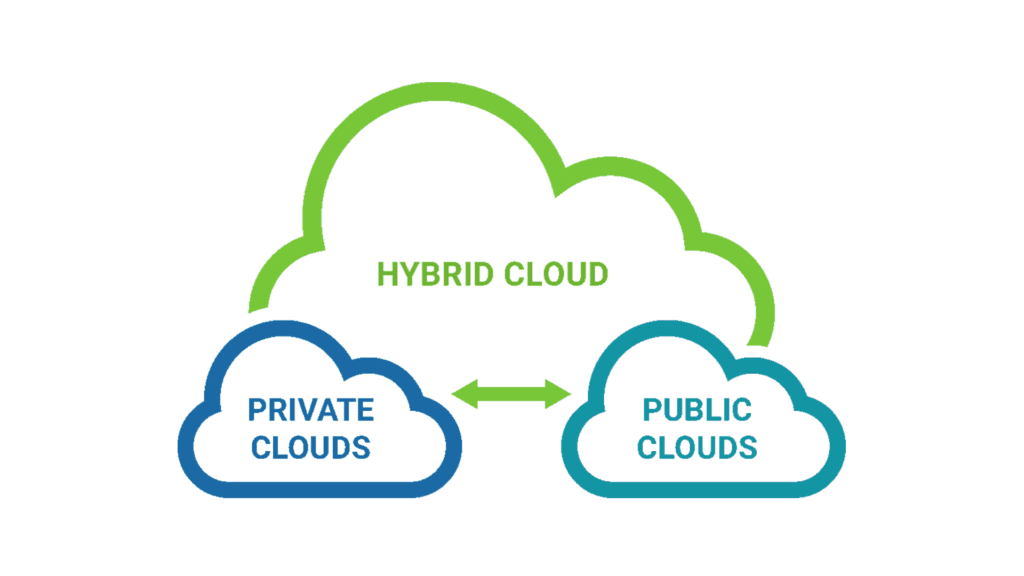Do you think you are far from Cloud Service?
The world is changing, people was saying that ‘it has nothing to do with my world, or job, life and etc.’, actually we are now very close to Cloud Service since COVID-19. IP phone, Video Conference call, FaceTime, e-meeting with any forms, Cloud Computing, those are cloud services, and the way organizations collaborate and communicate is now different, too.
In-office meetings or traveling to meet with colleagues or customers have been replaced with video conferencing solutions at the same stage. Organizations are relying on collaboration tools to get their work done, whether they are working from home (WFH), in-office, or on the go.
Businesses may have a mix of hardware, software and data centers that have been added over time. It is important to look deeper and understand the relationships as cloud services are all around you. And we are needing the preparation for managing the possible challenges that Cloud Services may bring up.
How Does Cloud Collaboration Work Nowadays?
Moving to the cloud does not have to be an all or nothing solution. Many organizations have made significant on-premises investments and they leverage the hybrid approach, transitioning some systems to the cloud while continuing to run others on their on-premises infrastructure.
Hybrid deployments allow you to make the transition to the cloud at a pace suitable for your organization while maximizing your existing investments. According to Nemertes Research, “Hybrid enables organizations to adopt cloud strategically, delivering less disruption and faster access to specific capabilities like meetings and team collaboration from the cloud.”

What’s the key to go to Hybrid Cloud?
Here is the table when considering/planning your Hybrid Cloud service provider. The quantity of VM is one of the factors to concern, but another more important thing is, the requirement of the latency for those clients who will use your services.
In the scenario of less than 50 VMs, using SSD all flash will be the best-fitted solution if the required latency has to be under 500 micro seconds.
However, if the VM quantity will be higher than 50 with the same latency under control, it will be necessary to use NVMe all flash array, and so on for those VM quantity higher than 100, you may need to consider a greater quantity of NVMe drives.
Though that’s not meaning that it has to be a full flash system, like what you are seeing below, using Hybrid SSD cache could also be a suitable solution for those environments where the latency doesn’t need to be lower than 10 micro seconds, even when you are using traditional SAS HDDs, if the latency requirement could be 50 micros seconds for less than 50 VMs, it is still available to reach the usage of cloud services.

Conclusion
According to the table above, you shall be able to see clearly that there are three zones, once the scope is increasing from the left-hand side to the right-hand side, the drives you need to use have to be upgraded, or to have more quantity for the drives.
Those latency conditions are distinguished based on the applications in the cloud environment, and the quantity of VMs refers to the services you are going to provide to your customers, but one common thing, NVMe solution will always be the goal to this kind of requirement.
For Database VMs, starting from 51st VM, you should start to use NVMe drives, though the quantity of NVMe drive doesn’t have to be high, the latency requirement in this segment is not what SSD drives can deliver.

And for File Sharing applications, NVMe drives will eventually be used while the VM quantity grows along with the low latency. As to the Backup applications, using Hybrid storage consists of HDDs and a few SSDs or full SSDs array will be able to meet the latency requirement.
It is no longer only a topic that the large-scale business should worry about, small-medium business must face it from time to time, to grow up, the world is approaching the trend to go into the cloud collaboration. As an SMB company, do not wait until you are going to reach the large-scale, it will be way too late, and it is available to use the same concept as what large-scale does to implement into the SMB datacenter.
Follow the table and the guidance, they will help you to find the direction with ease. And get ready for the impact of transforming the storage’s hardware level, Hybrid storage will be the first-step to get start with, and NVMe all flash will be the destination in this generation.



